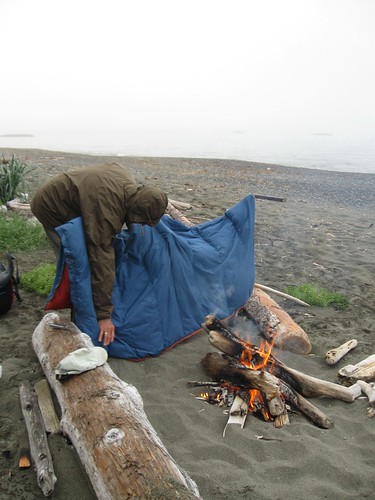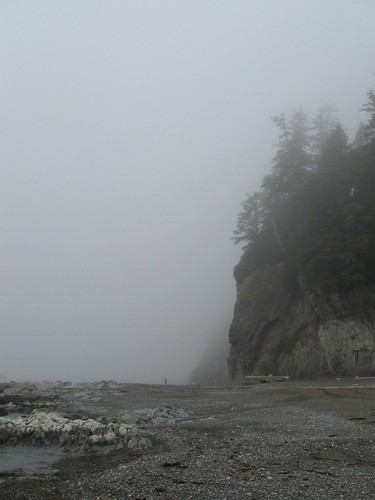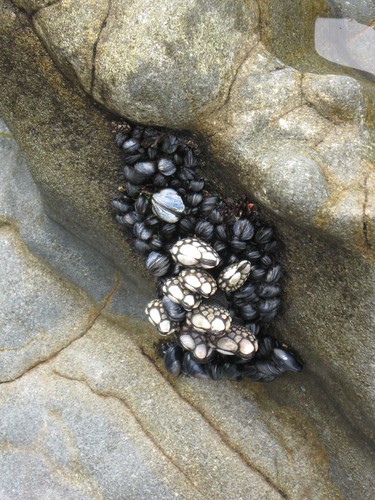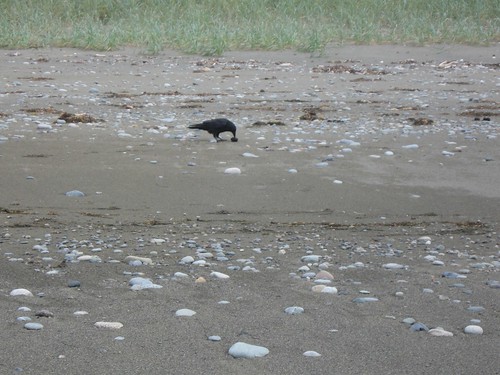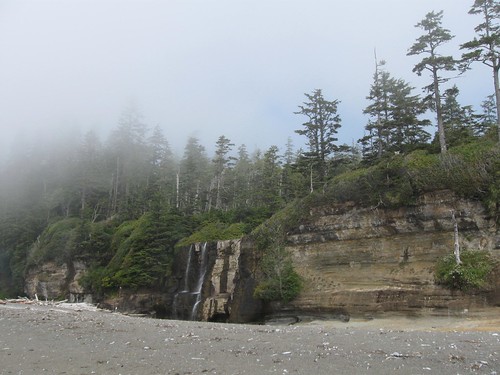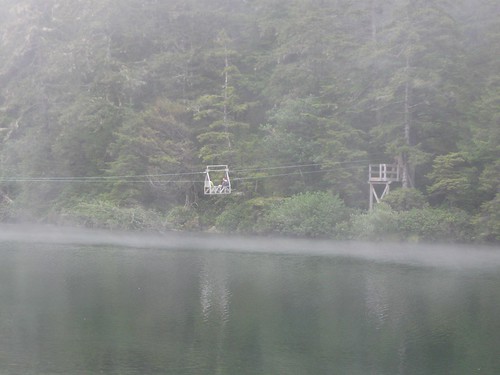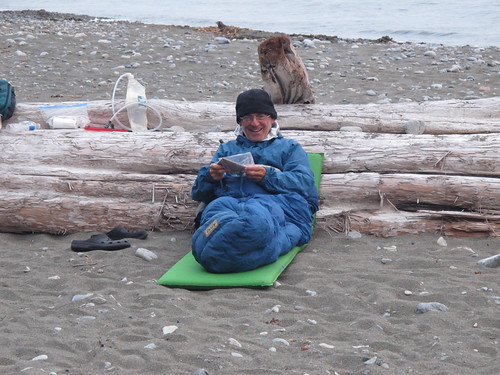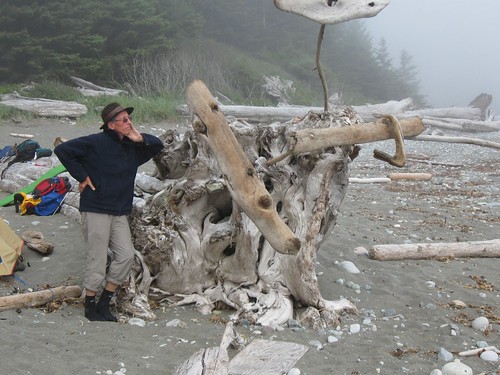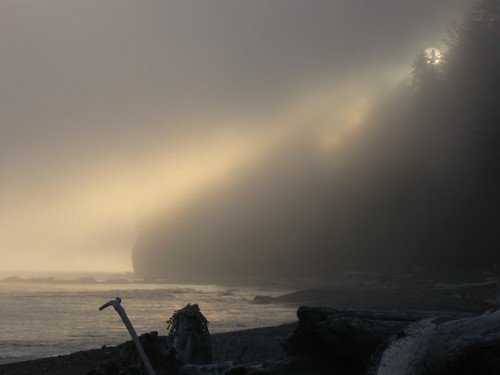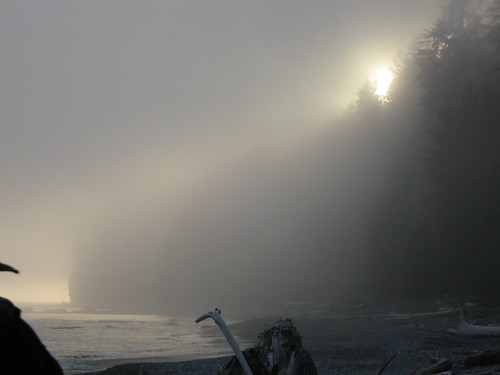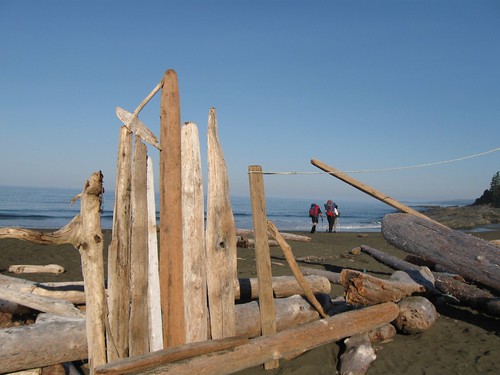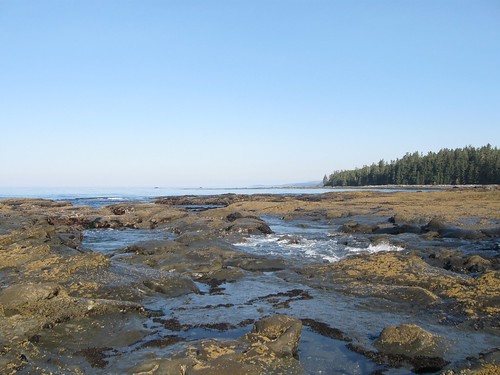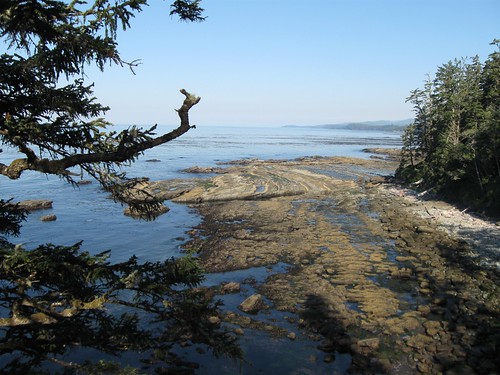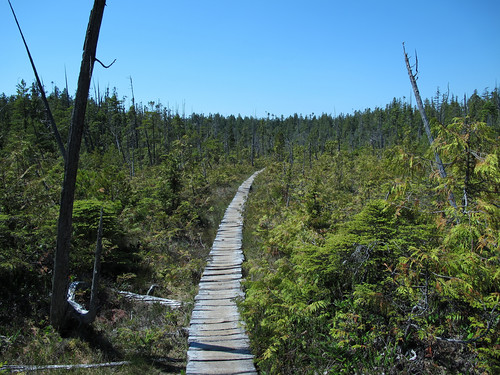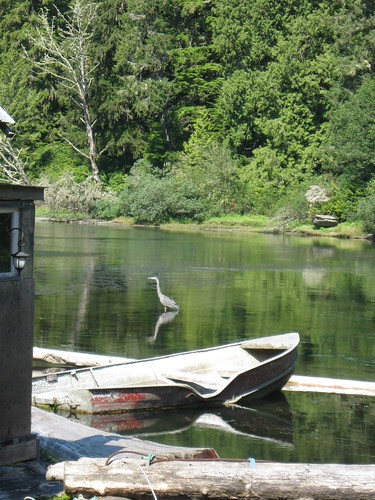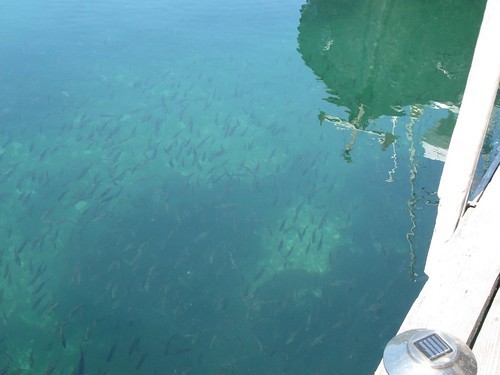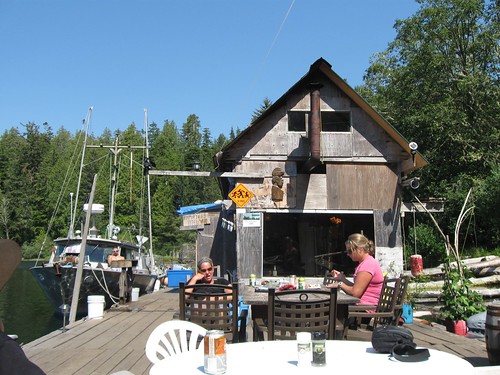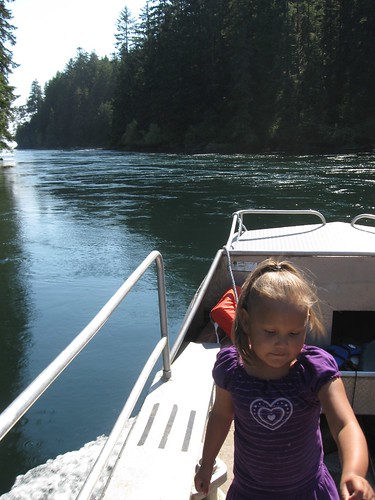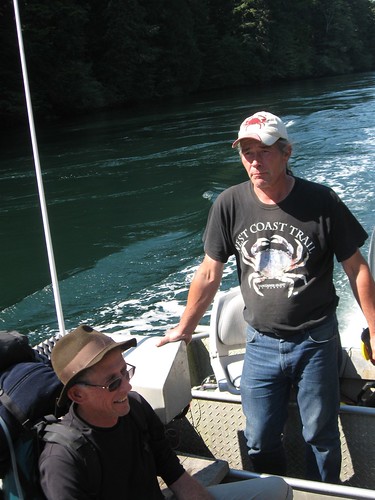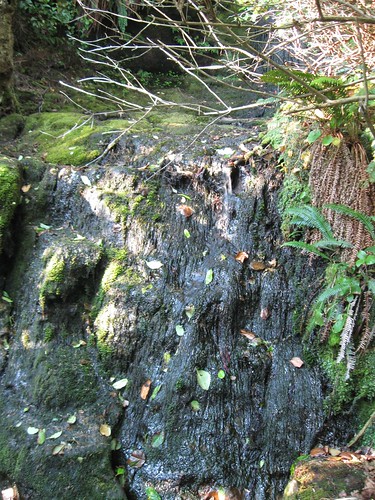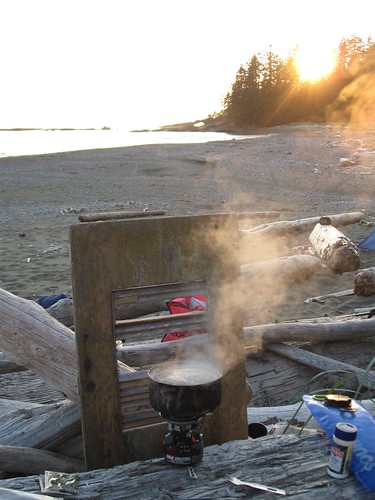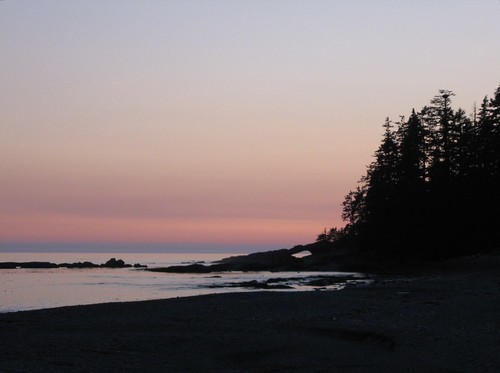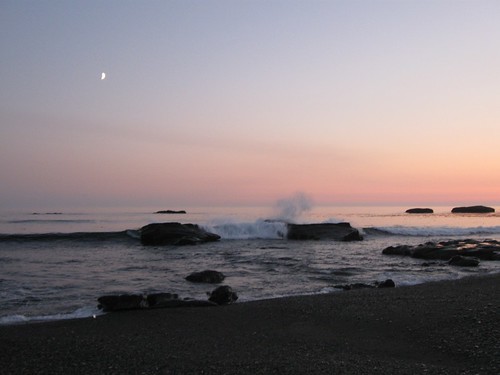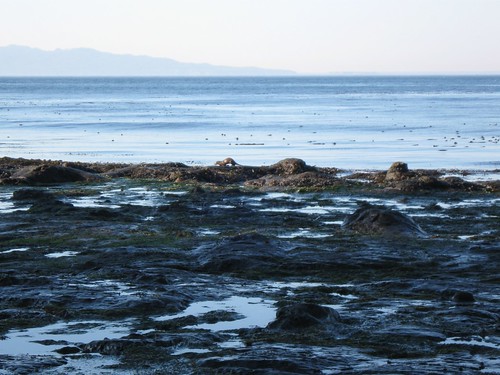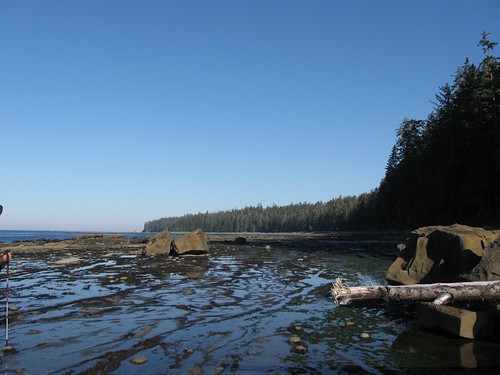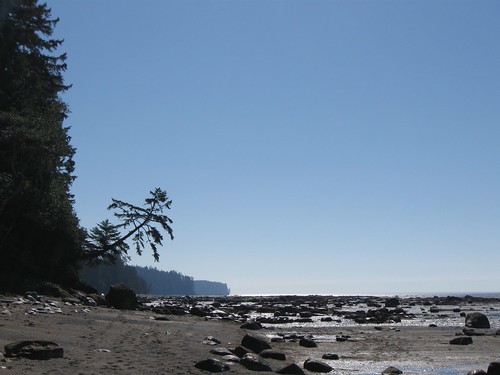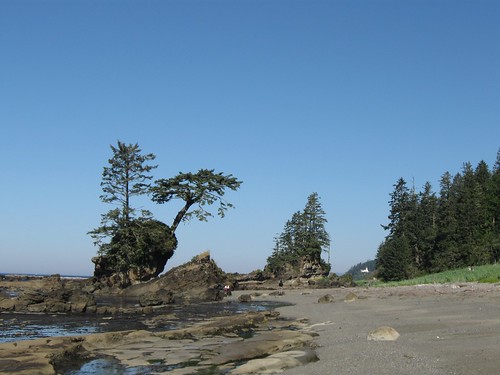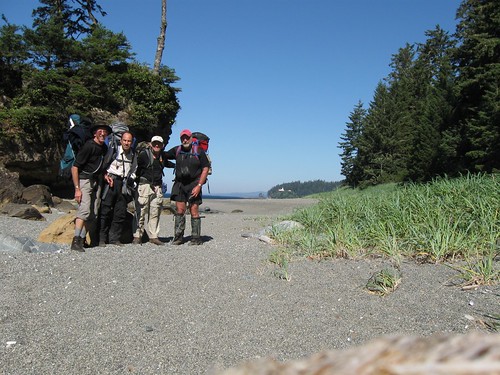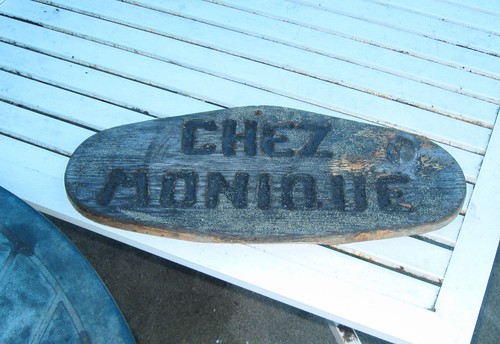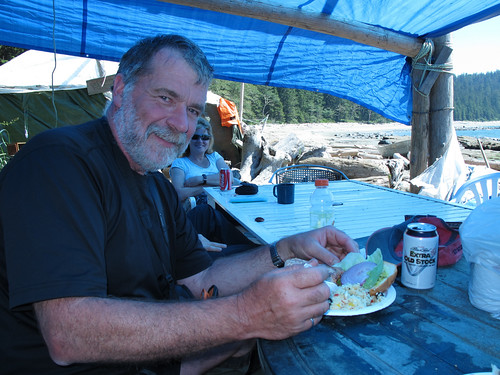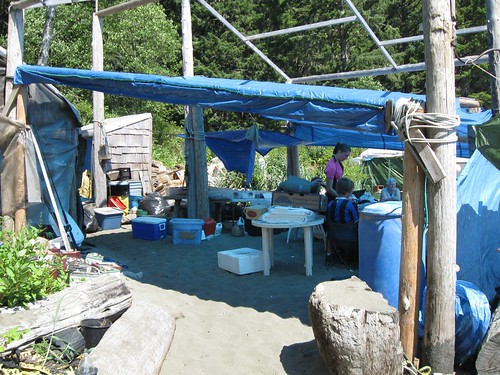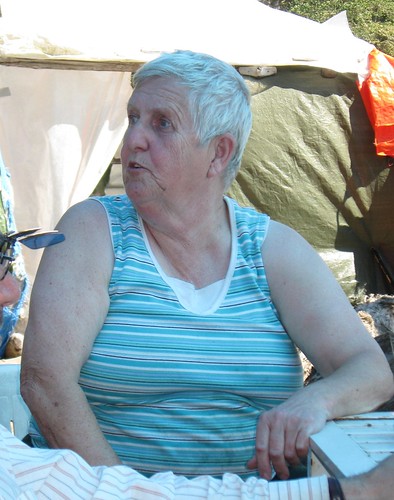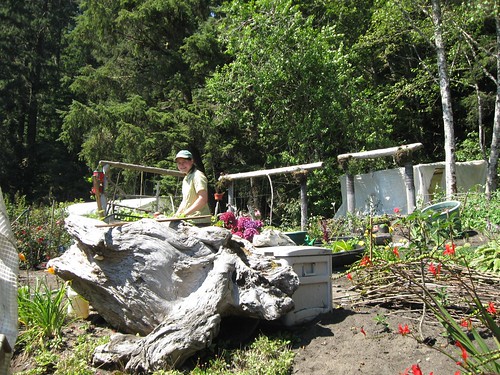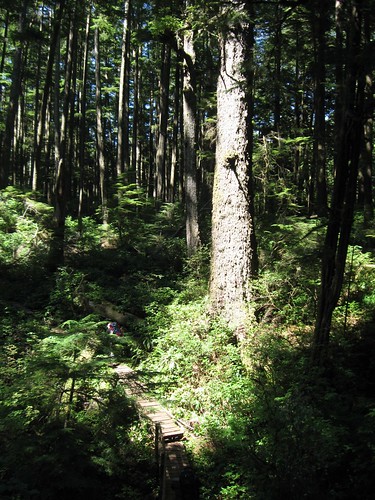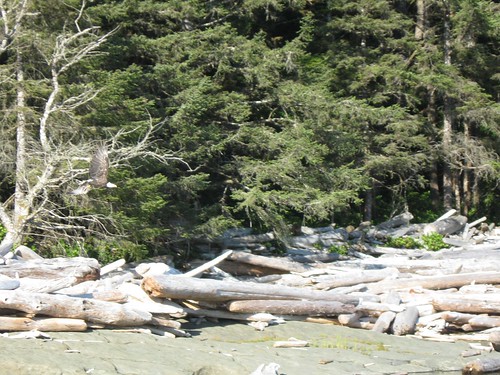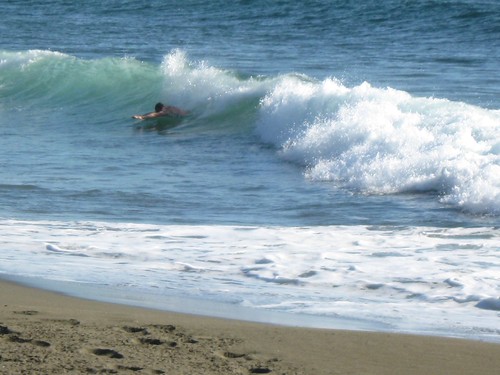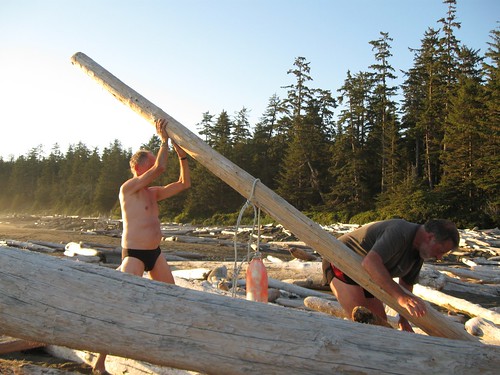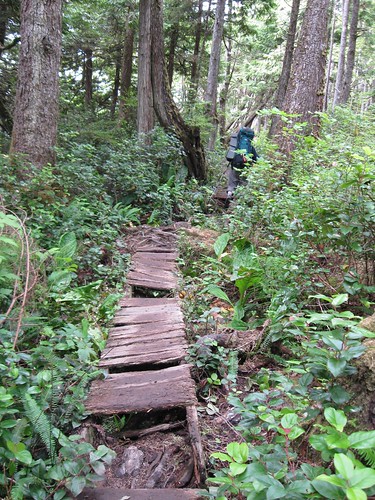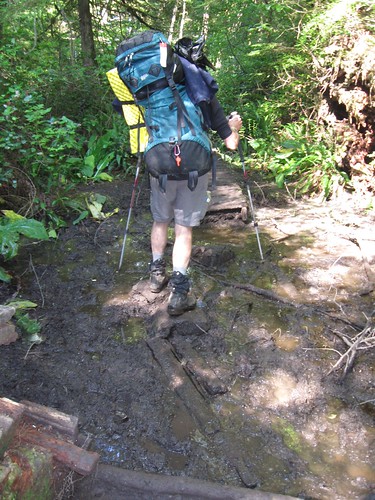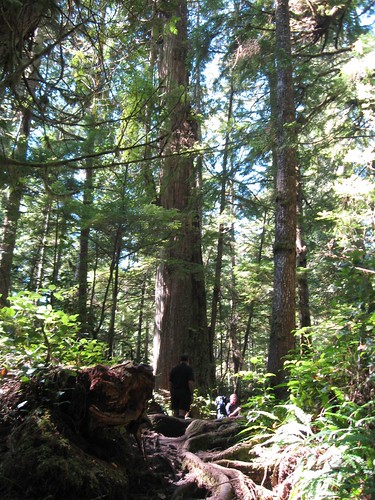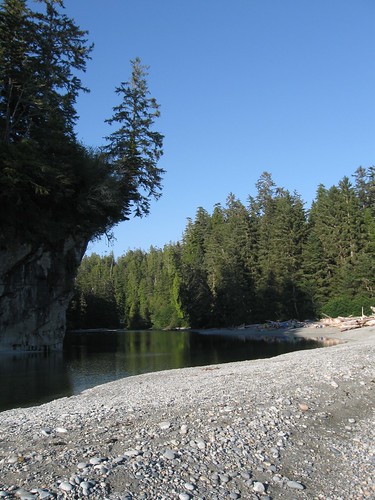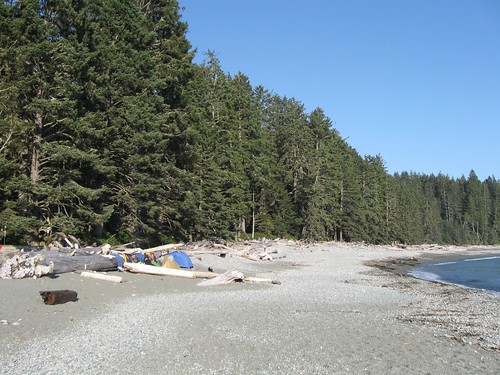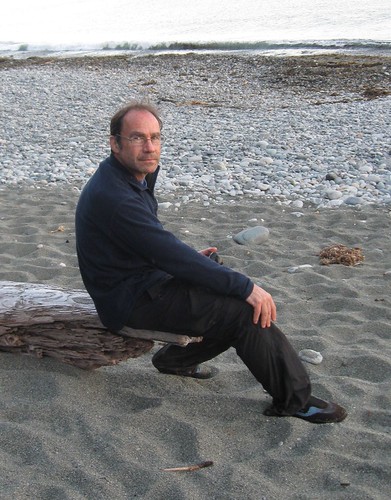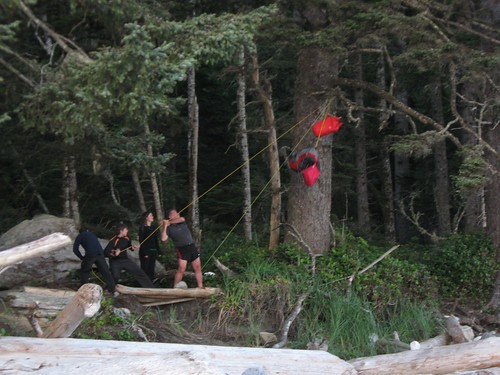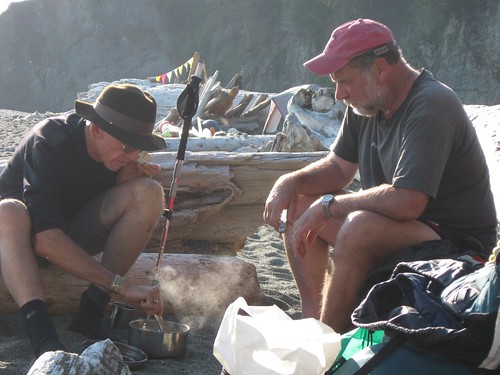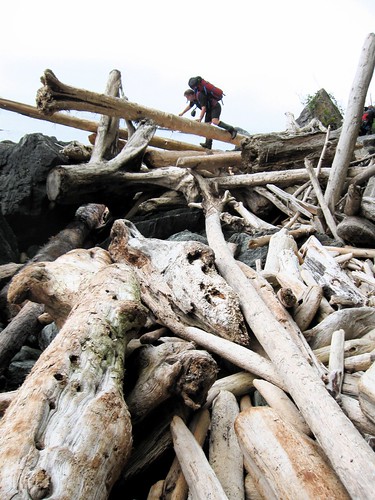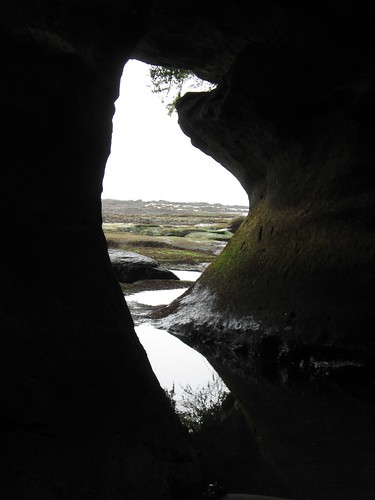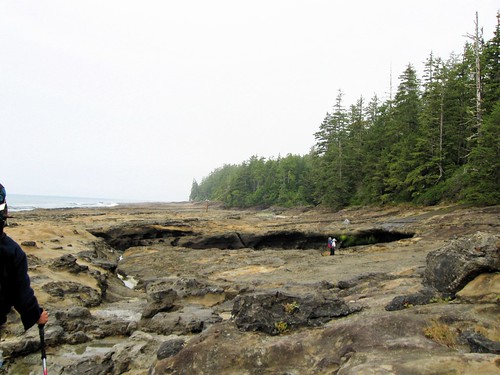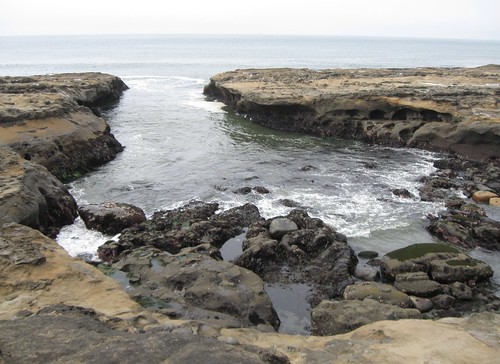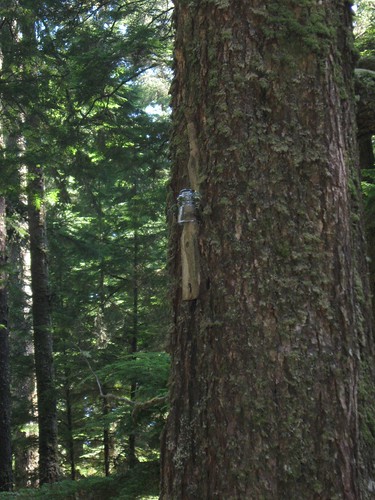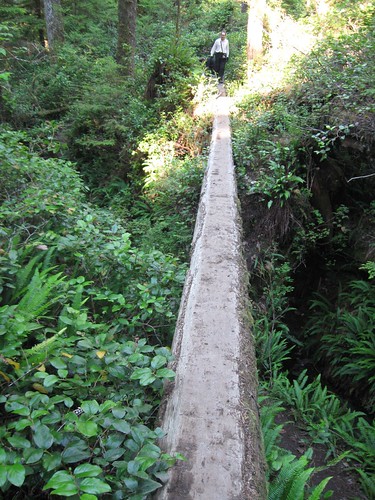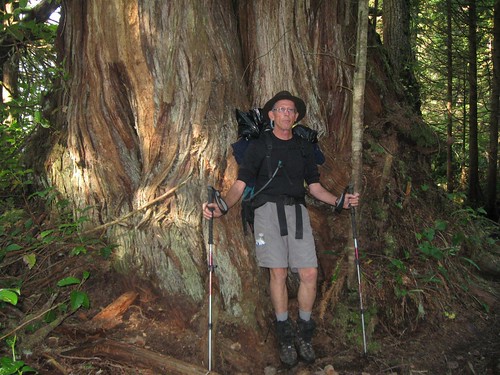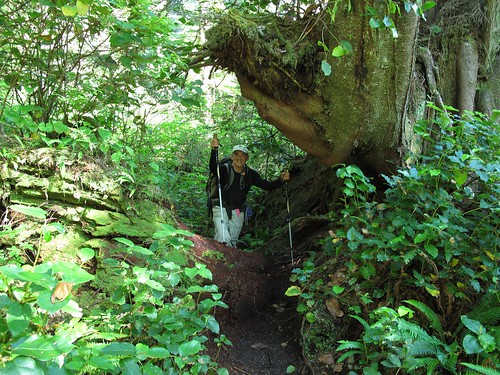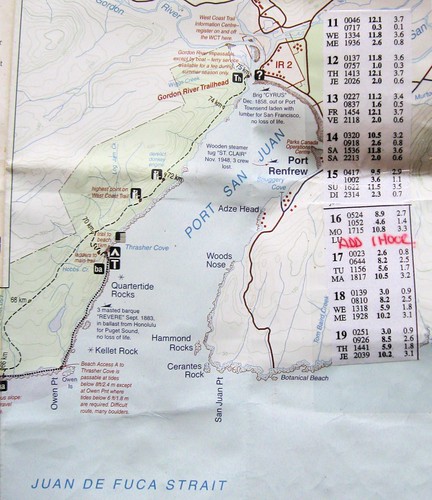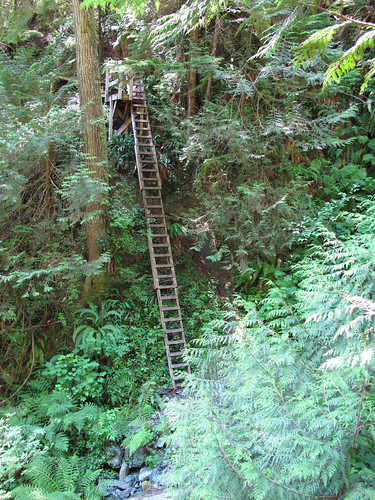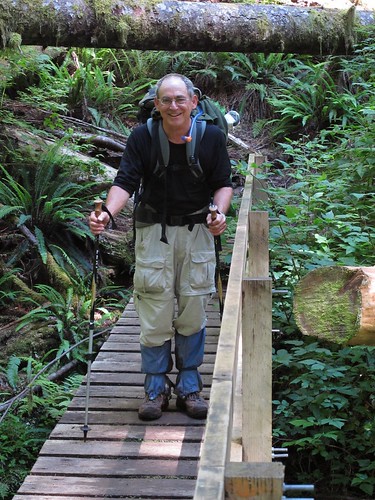I arrive at the Sanctuary on time. Martha’s the only one there. After the hour of sitting and walking meditation our conversation continues. I mention that it was a real-estate agent publicizing cheap rural property in the Georgia Straight newspaper that drew us and many of our neighbors from far-away places to settle in the Powell River area forty years ago. She asks why we left, and I say a sense that after nine years, the time was ripe for me to return to the active life of career development and public engagement from which I had withdrawn into a rural retreat. Also that this personal feeling provided an answer to the research question which had kept my doctoral dissertation in English Literature unfinished: why, in literary tradition, is the pastoral setting associated with youth and old age while middle age is associated with the city.
“Interesting,” she says, “that corresponds to my own experience. I left Cortes to marry and live for many years in Chicago, before returning here. It reminds me of a great class I audited at Harvard as an undergraduate by a professor¦what was his name…”
” Erik Erikson,” I exclaim, “the author of Childhood and Society. He’s the one whose ideas about stages of the life cycle guided my research. I still have his wonderful response to a fan letter I wrote him in 1967.”
“I’d like to read your dissertation,” she says.
“It’s online, Google ‘Youth against Age’.”
Before breakfast I call Jan, who is driving Claire to Santa Maria today for a biopsy of the cyst on her ovary. I thank her for handling all this alone while I’m away.
The morning workshop begins with announcements. At 2 p.m. there will be a memorial service in the sanctuary for Christine, a friend of Ruth, Kate and Martha who was active in their Vancouver Zen Center, and for Anna, an Islander who recently succumbed to cancer. We’re invited to join and include names of our recently departed. Tonight after dinner, Ruth will host a little farewell wine and cheese party in her Hollyhock living quarters. Tomorrow after breakfast, we’ll gather at the beach to see Steven off, since he needs to start paddling back to Lund before our final session.
Kate introduces the day’s theme of Metta, the Buddhist directive of Compassion or Lovingkindness for all living creatures. To prepare, it’s traditional to ask forgiveness of others, offer forgiveness to others and offer foregiveness to oneself, with appropriate variations of three utterances:
There are many ways I have hurt, betrayed or abandoned others, knowingly or unknowingly, through greed, aversion, or ignorance.
I ask your forgiveness.
I open my heart to receive your forgiveness.
Now comes the expression of Lovingkindness itself, through an utterance like this:
May you be free from harm
May you be well in body and mind
May you be happy.
She guides us in Metta meditation, which applies the blessing to a sequence of recipients: first, the self, then a friend or benefactor, then a person to whom one has no emotional reaction, then a “difficult” person”someone by whom one feels aggrieved or irritated”then to all four as equals, and finally, through an expandable set of steps, to all sentient creatures. The sequence is then followed in reverse order, concluding with the expression of lovingkindness to oneself. Kate’s subdued enthusiasm for this practice in ethics complements the quiet righteousness of the poems she read two nights before. After four days together, I can apply these categories to fellow participants in the retreat. It works.
Ruth says that the practice in developing empathy, opening the heart, dissolving the barriers between self and the world honed for thousands of years in Buddhist tradition is indispensable for writers, facilitating imaginative access to others from the inside. Our prompt is to select one of the people from our Metta meditation and to write from that person’s point of view.
At first I’m at a loss. I’ve never been observant enough to record the details that would allow me to imagine another person’s story. But I did have that disarming flash a couple of days ago about the teacher’s momentary succumbing to Doubt, probably only my own projection, but neverthess concrete and vivid. And Ruth is the person I chose in the Metta meditation as “friend or benefactor.” I wished her relief from any fatigue she might be experiencing while giving so much of herself to our small circle of students. Perhaps I could use that session as the framework for doing this assignment. There’s just enough time now to get started, but I’ll come back to it later.
Next prompt is to adopt the point of view of a child, using simple sentences and vocabulary: “a time when you were sad, a lie you told, a time when you were too big or too small, a time when you got wet or dirty.”
O shoot, it’s grandpa again. I wish my mom would pick me up at school, like Max’s and Kevin’s. Now he’s going to ask me questions about the spelling test and tell me to talk louder and take me to Trader Joe’s for a healthy snack before karate. I don’t want him to see me taking off my boxers and putting on the cup. I really hope she isn’t late so we have to put off dinner and everybody gets cranky. Or even worse we hold hands around the table and start without her.
It still feels forced, but I’m starting to enjoy this task, and occasionally images and words take off on their own.
Another prompt. “You’re an old man in a supermarket shopping. Don’t mention your wife’s recent death, but evoke it indirectly.”
Howard steered his cart carefully up to the checkstand. It was full of frozen dinners that reminded him of their meals: Turkey and mashed potatoes, steak and broccoli, spaghetti and meatballs. From the overwhelming selection, he’d limited himself to the ones marked “Von’s Club Special, save 30%”.
At lunch I meet with Kate in a personal consult about meditation. I learn a little about her history as an anti Vietnam war exile from New Jersey, her work as a hospice chaplain in Vancouver, and her recent move to the fringes of the city where she and her husband have established a community zendo in their home. I tell her about my attending this workshop as a kind of revival effort to infuse more intention into my meditation routine and of my enjoyment of longer and more directed practice under her and Martha’s guidance. She asks if there is a Zen community near me and I say yes, and I know several people who belong, but I’ve steered clear of any institutional religion since adolescence. She says nothing, and then I hear myself say that I think I’ll get in touch with them upon my return.
Before the afternoon memorial service, I work on the point-of-view exercise. As with the dying person’s monologue yesterday, my effort to summon up detail leads to irony. Invading another person’s mind uncovers the difference between what they’re projecting and what I can imagine they’re feeling. At least that’s a way you can engage the reader, find the juiciness, even if you have to make it up. But it gets morally risky. Empathy can be spying and stalking, like a hunter knowing one’s prey. Invention can be forgery.
In the sanctuary at 2:00, Ruth, Kate and Martha sit wearing little rectangular bibs around their necks, Kate and Martha in black robes. Also attending are fellow workshop participants, Carol and Fran. The carefully orchestrated ritual begins with silent meditation and is followed by a fifteen-minute monotone chant we read from a single page of transliterated syllables, their sounds from the pre-Sanskrit language of Pali, their meaning lost centuries ago. Names of the recently departed are incorporated: Christine, Anna, then Carol’s mother, and my mother-in-law Ruth. Afterwards we speak in tribute to the dead. From what is said about Anna, I recognize a person I never met, but whose name was often mentioned by Larry C., the man whose Vancouver home Jan and I lived in while looking for land in 1970. He too now lives on the Island, a friend of Ruth and Martha’s. He was sitting in the first row at the reading two nights before.
After the service I call Jan again. She says this morning’s exploratory surgery turned more serious. The whole ovary had to be removed and sent to pathology. Claire will spend three days in the hospital recovering. The doctor thinks its benign, but further conclusions await the lab report in two weeks.
My last workshop session starts at 5:00. Just time to share our reworked point-of-view sketches. Laura reads a long rollicking account of two sisters from a remote Alberta farm getting intiated into the Banff party scene during high school summer jobs. What an ear! Carol narrates her childhood experience of riding in the backseat of the car with her mother singing a tragic folksong. What a memory! I read my piece.
Day three. Getting tired. Trying dutifully, but this afternoon I’m losing incandescence. Is it these baggy pants? This dirty hair? We’re at the place where the startup wonder wanes, and they hanker to do their own work. Three hours of workshop in the morning. Those avid consults while I’m supposed to be eating, and now more lecture. All prepared. For only six people, sometimes five. Babysitter’s wages. Maybe tonight will spark it up. Right now the rat in the wall’s more interesting than synaesthesia.
There’s some laughter and a request to read it again, which I do. Then silence.
I finish dinner early and linger in the bookstore planning to catch Ruth and apologize for the intrusiveness of my sketch, but hoping she’ll say she liked it. She exits the lodge and approaches me as I walk toward her in the garden. She speaks first and says that she was really hurt by what I wrote. Not for herself, but because of what the other members of the workshop must have felt when she laughed and seemed to accept my characterization of her thoughts about them. It was so far off that when I read it aloud she didnt get it, and by the time the connection registered, it was too late to reassure them that she’s really loved doing this workshop and deeply respects the people in it.
I’m flooded with shame. I’d meant to be a diligent student. And I’d meant to be a compassionate colleague. But instead I played a cruel trick on the person I held in highest esteem. I’m amazed at her concern that they, not she, could be hurt. I try to explain: getting into another’s point of view as a writer was very tough for me. Being a teacher myself allowed me to imagine that situation. I was looking for the juice, following directions, trying to be sympathetic and also to be special.
She says yes, she understands. It’s her problem. I’m warmed and relieved by her hug of forgiveness, but still confused by my own motives.
Ruth’s room in the guest house is abuzz when I arrive. People are setting out cheese and crackers, opening bottles of wine, and fussing to get a large monitor hooked up to her laptop. This is the occasion to roll out the weblog she’s been adding to while we were writing in Kiakum. Accessible by password only to us participants, it’s an archive of the lecture notes, prompts, and citations that she and Kate have assembled in preparation, and it will contain work that we’ve produced while here and any links we can recommend. She clicks links to my website, to her own blog, Ozekiland, to the huge Everydayzen.org site she moderates for her teacher Norman Fischer. I drink my first glass of alcohol in a week.
She talks about her upcoming ordination as Zen priest by Norman and brings out a large piece of black needlework she’s about to finish as part of her preparation: Buddha’s robe, fourteen thousand tiny even stitches. Her head will be shaved. A couple of weeks later she and Kate will be led by Norman on a tour of Zen monasteries in Japan.
I empty my glass the second time. Outside the wind has come up in the treetops. I think about kayaking back tomorrow. For the last three days, storms have been predicted. Several of the women express worry. I assure them that if necessary I’ll get someone from Hollyhock to take me and the kayak by truck ten miles down the road to the sheltered harbor in Cortes Bay and call the Lund Water Taxi to come out and pick me up.
